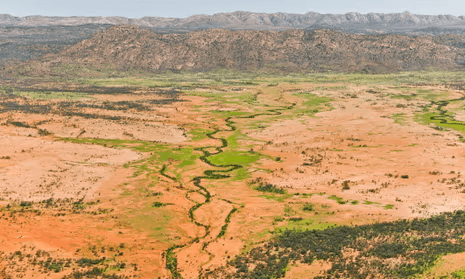
As you know, Japan relies on imports for most of the goods that are essential for life, such as energy and foodstuffs. Therefore, when the yen depreciates, the price of necessities for daily life soars due to the exchange rate. In the past, most industrial products for export were produced in Japan, but today, most companies are setting up production bases outside the country in the name of increasing international competitiveness. The weak yen is now a factor in most companies setting up production bases outside Japan in the name of increasing international competitiveness, and the “weaker yen = higher exports and higher acquisitions” picture has collapsed.
In this respect, Australia is not only rich in underground resources for energy, but also has a thriving agricultural industry, taking advantage of its vast land and favourable climate. It is one of the world’s major exporters of agricultural products, with wheat, beef, wool and dairy products being its main exports.
It is the world’s fourth largest exporter of wheat, third largest exporter of beef, first largest exporter of wool and tenth largest exporter of dairy products.
Australia is fortunate to be able to avoid food shortages, which is one of the global trends for the future, and is focusing on agriculture as a national policy. However, Australia is 20 times the size of Japan, and most farmers are not small dual-income farmers like in Japan, but large-scale operations, but in recent years various problems have arisen.
Australia is 20 times the size of Japan, but there are many arid areas where water is essential for growing food, and about 70% of Australia’s agriculture is irrigated. Major irrigated areas include the Murray River Basin and the Murray-Darling River Basin.
Problems with irrigated agriculture.
Irrigated agriculture is an important means of securing water supplies and enabling agriculture in arid areas, and while it has contributed to the development of agriculture in Australia, a number of problems have arisen in recent years that need to be addressed.
Overexploitation of water resources: irrigated agriculture requires the use of large quantities of water. In some areas, excessive irrigation can cause groundwater levels to drop, leading to groundwater depletion and increased salinity in the groundwater. This can threaten the sustainability of water resources throughout the region.
Soil salinity: excessive irrigation and improper water management can lead to increased salinity levels in the soil, resulting in soil salinity damage. Soils with high salinity levels can hinder crop growth and reduce agricultural productivity.
Impacts on local ecosystems: irrigation may reduce the volume of water in rivers and lakes, resulting in impacts on wetlands and ecosystems. Irrigation can also cause water quality degradation and biodiversity loss in the process of draining water.
Impacts on agricultural sustainability: the sustainability of irrigated agriculture may be compromised if problems of excessive groundwater use and soil salinity are not resolved. This may result in reduced agricultural productivity and impact on the local economy.
Vulnerability to climate change: climate change-induced changes in precipitation and rising temperatures can affect irrigated agriculture. Unpredictable weather conditions and water shortages can reduce agricultural productivity, affecting farmers and local economies.
Effective water resource management, improved irrigation techniques, sustainable farming practices and cooperation with local communities have been identified as solutions to these problems, but unfortunately, no effective measures have been taken at present, and many farmers have stopped farming due to large-scale droughts and other factors, and the limited water resources Effective use and sustainability of limited water resources is a major challenge for Australian agriculture in the future.







